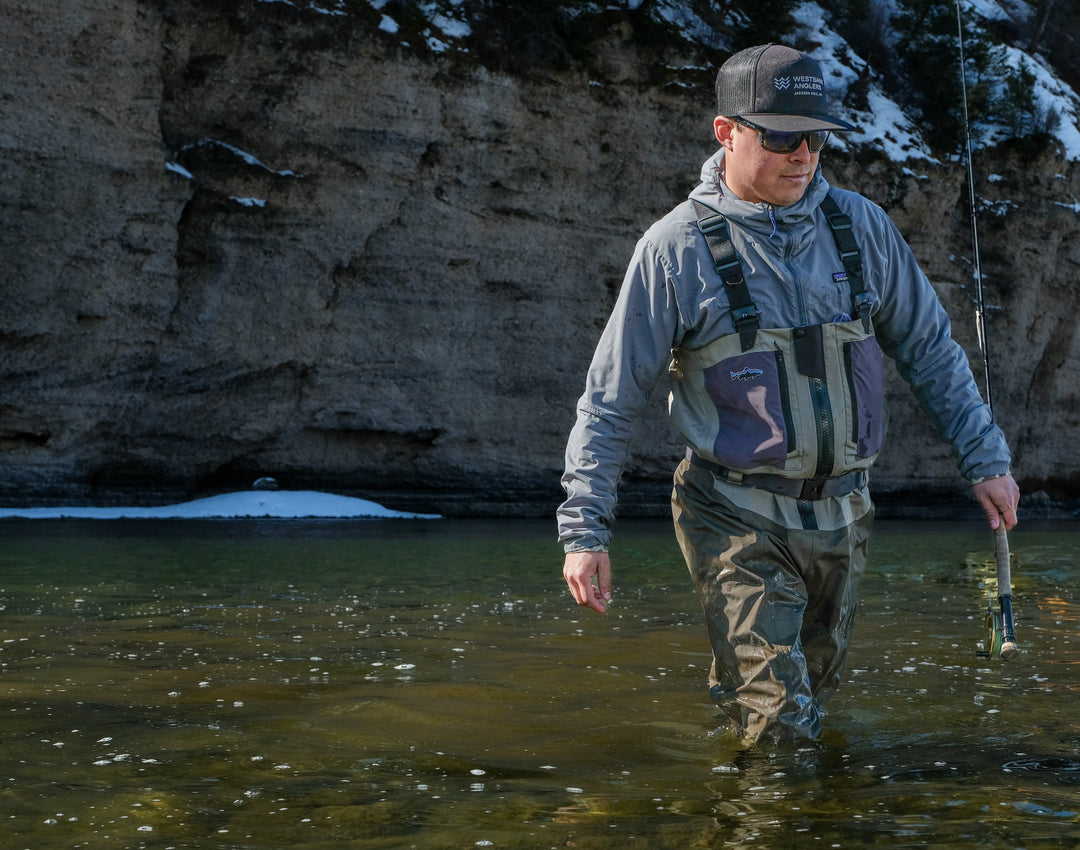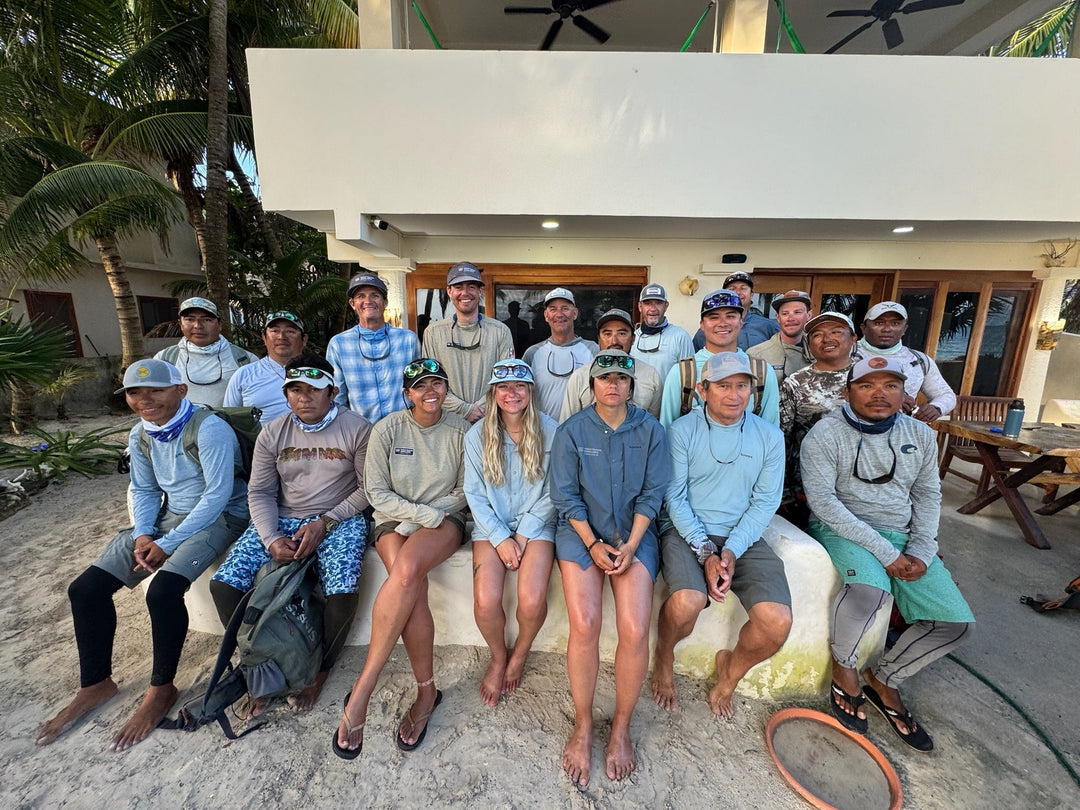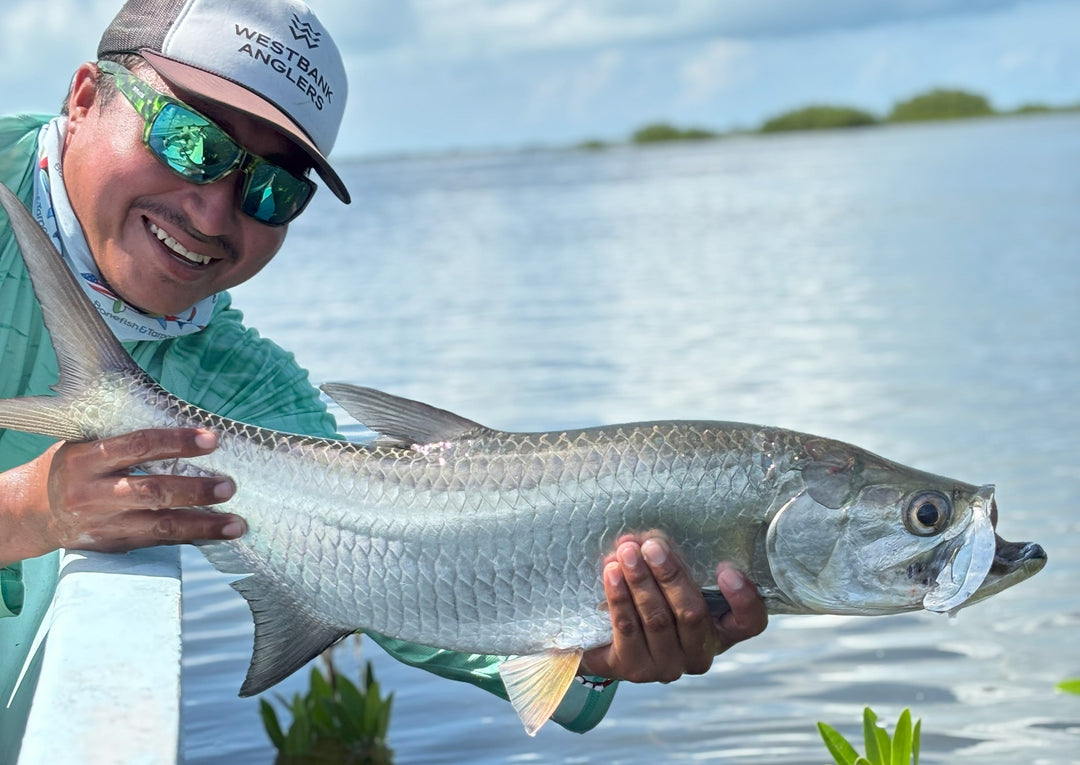St. Brandon’s Atoll is situated about 270 nautical miles northeast of the main island of Mauritius, which is located off the east coast of Africa in Madagascar. Getting to Mauritius is easy (it just takes a while); the boat ride to the atoll is not. There is a reason you will not encounter other boats cruising around this part of the Indian Ocean—it is rough even when the weather is calm. It has to do with the uprisings in the ocean floor, currents, and trade winds. As we left the lee of the main island and started to settle in, I was quickly reminded of the 26 to 30 hours ahead of us. More often than not, I get seasick in swells; a tired, stubborn, nagging stomach usually ensues, mixed with a dose of anxiety, serving up quite the cocktail. The doubt started to creep in. Had I been here three or four times over the years, I wondered. After (quickly) checking my phone, I confirmed that this would be my fifth trip out to the atoll. Why?
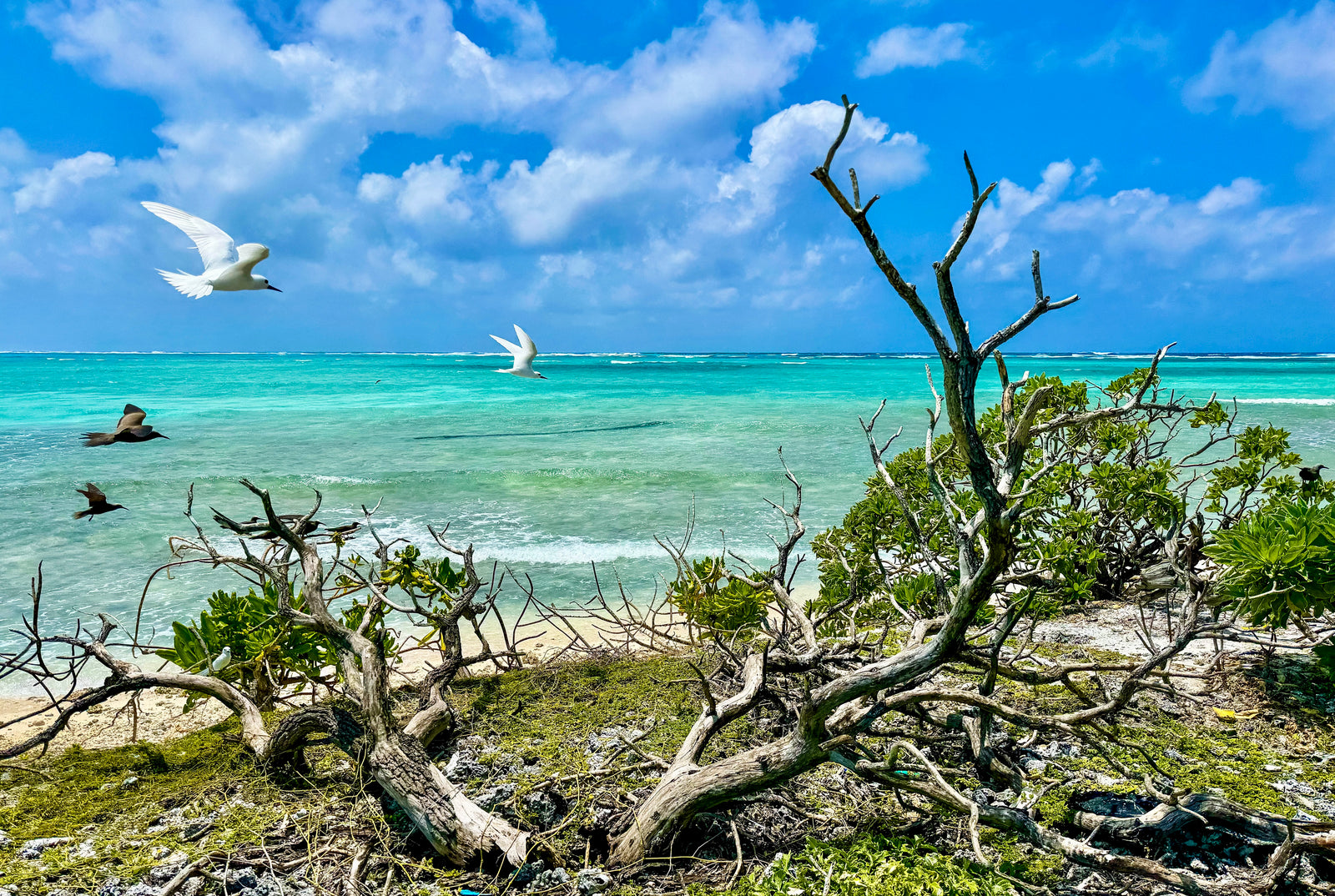
Once I set foot on the main island, I was quickly reminded why. St. Brandon’s beauty is stunning and wildly unique. Over thousands of years, half of the atoll has slid into the ocean, making its layout more of a vertical orientation compared to the circular image that is normally associated when one hears the word atoll. All of the fishing is done on foot, and there is one flat that is over 10 miles long. On this particular flat, one edge is turtle grass and the main flat is white sand; the other side is a drastic drop-off, which provides plenty of eye candy. One of the anglers on our trip commented, “If I could create the perfect flat for saltwater fishing, that might be it. I could fish that flat for the rest of my life.”
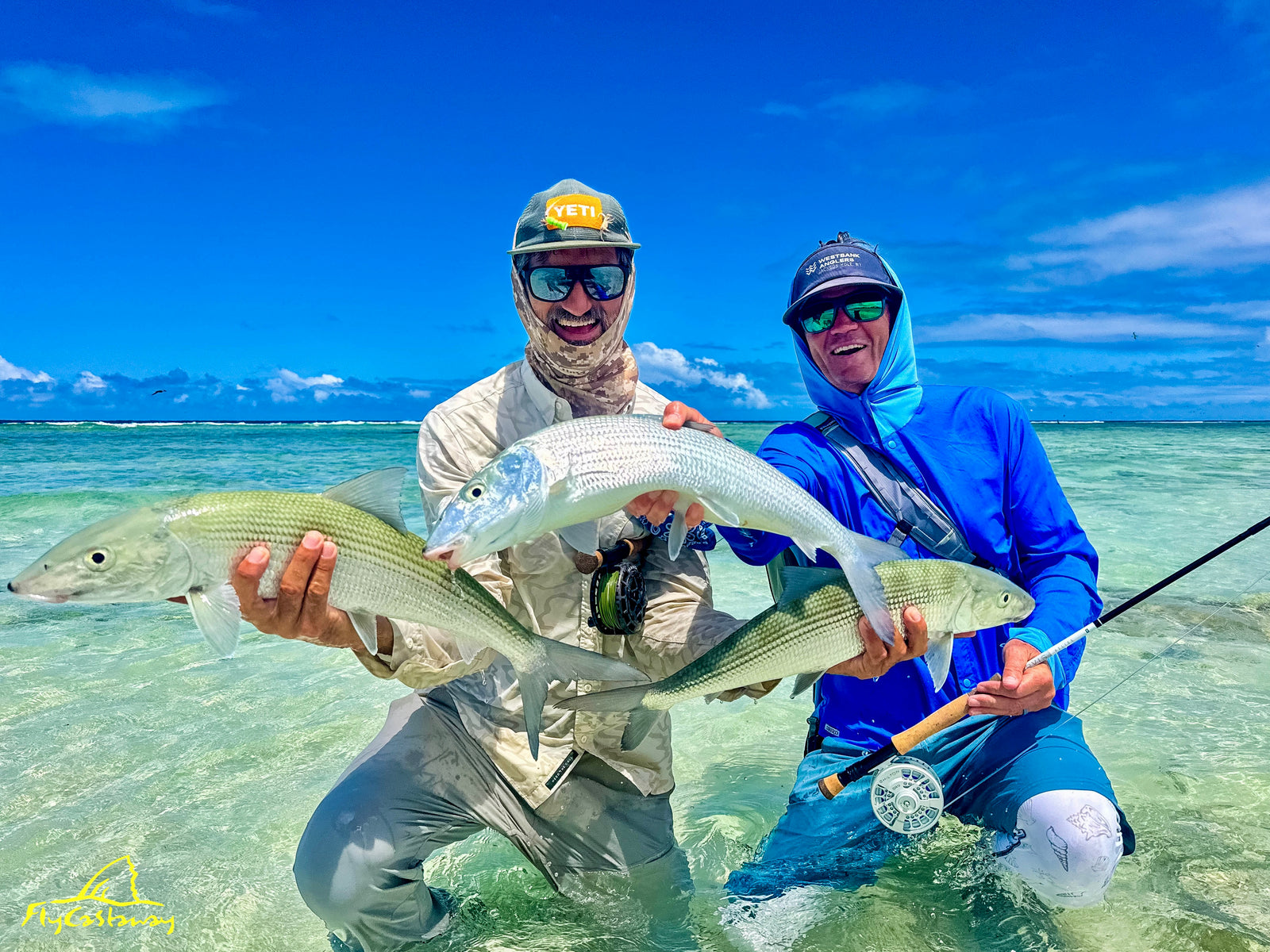
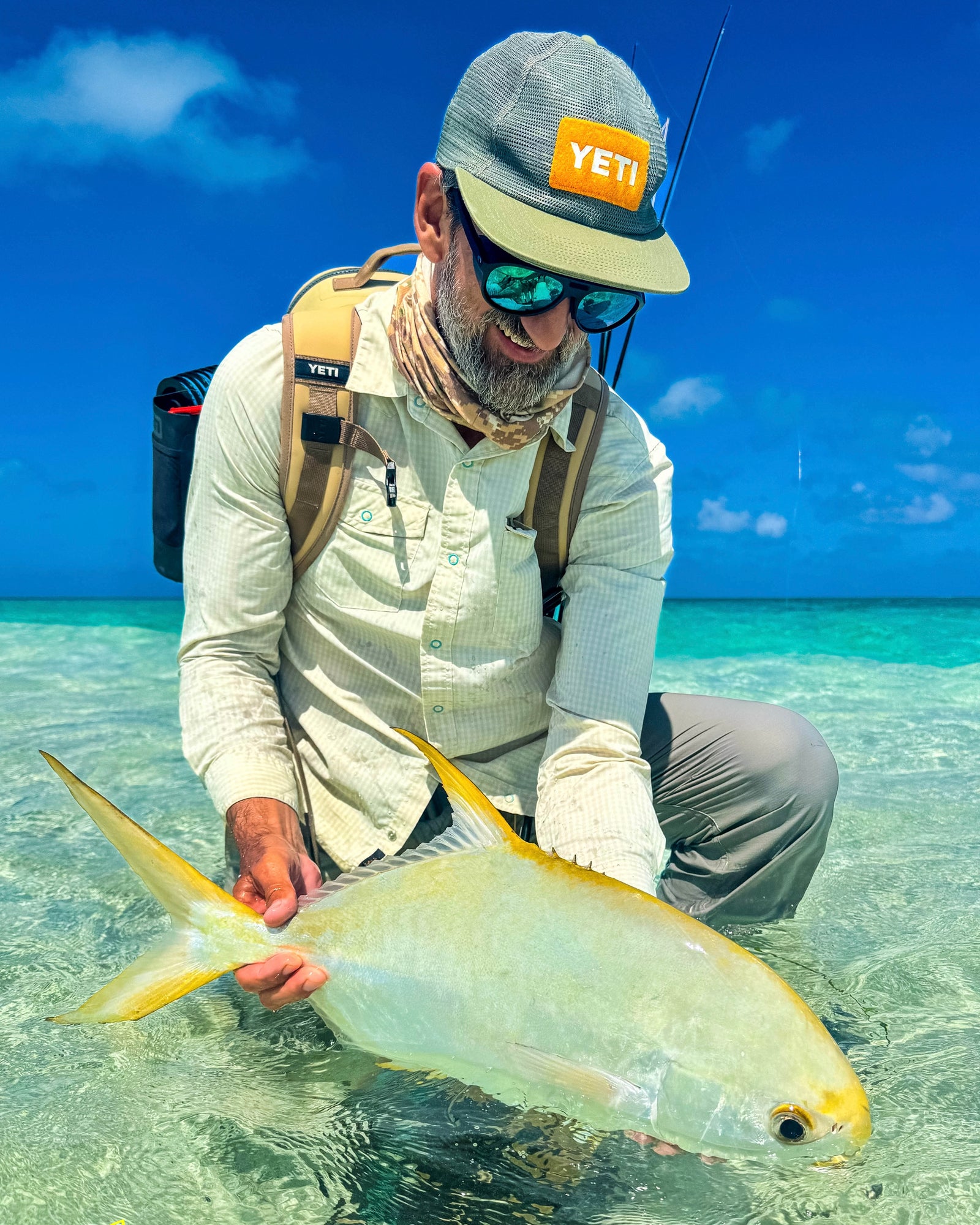
The environment is raw even in beautiful conditions. More often than not, there are strong trade winds, which keep the flats cool and which are why the bonefishing is so spectacular. While wading the flats, it is common to have multiple layers of clothing, as the wind provides just enough chill—not what usually comes to mind when thinking of wading in the Indian Ocean.
Bonefishing is the main attraction to the atoll, and, while there are plenty of other species to chase, some of the bonefishing sessions I have encountered on the atoll are scorched into my memory. For reasons I cannot figure out and most likely never will, the bonefish were not on the flats on our trip, although we caught some and had some special moments. For the most part, it remained a mystery. The surprise was the amount of Indo-Pacific permit we encountered—certain sessions were mind boggling! While it was not what we expected, it was a treat of a substitute (except for permit being permit).
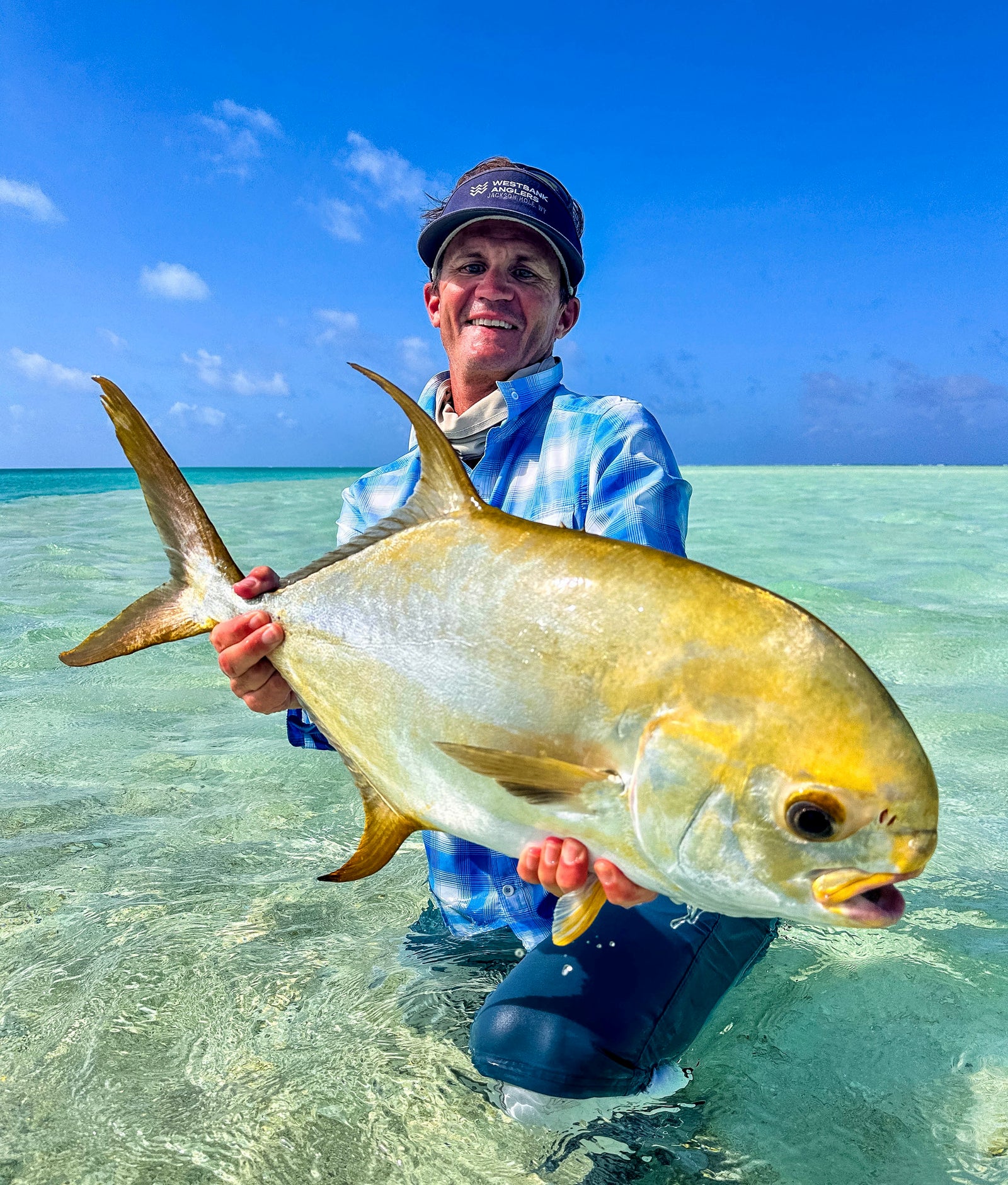
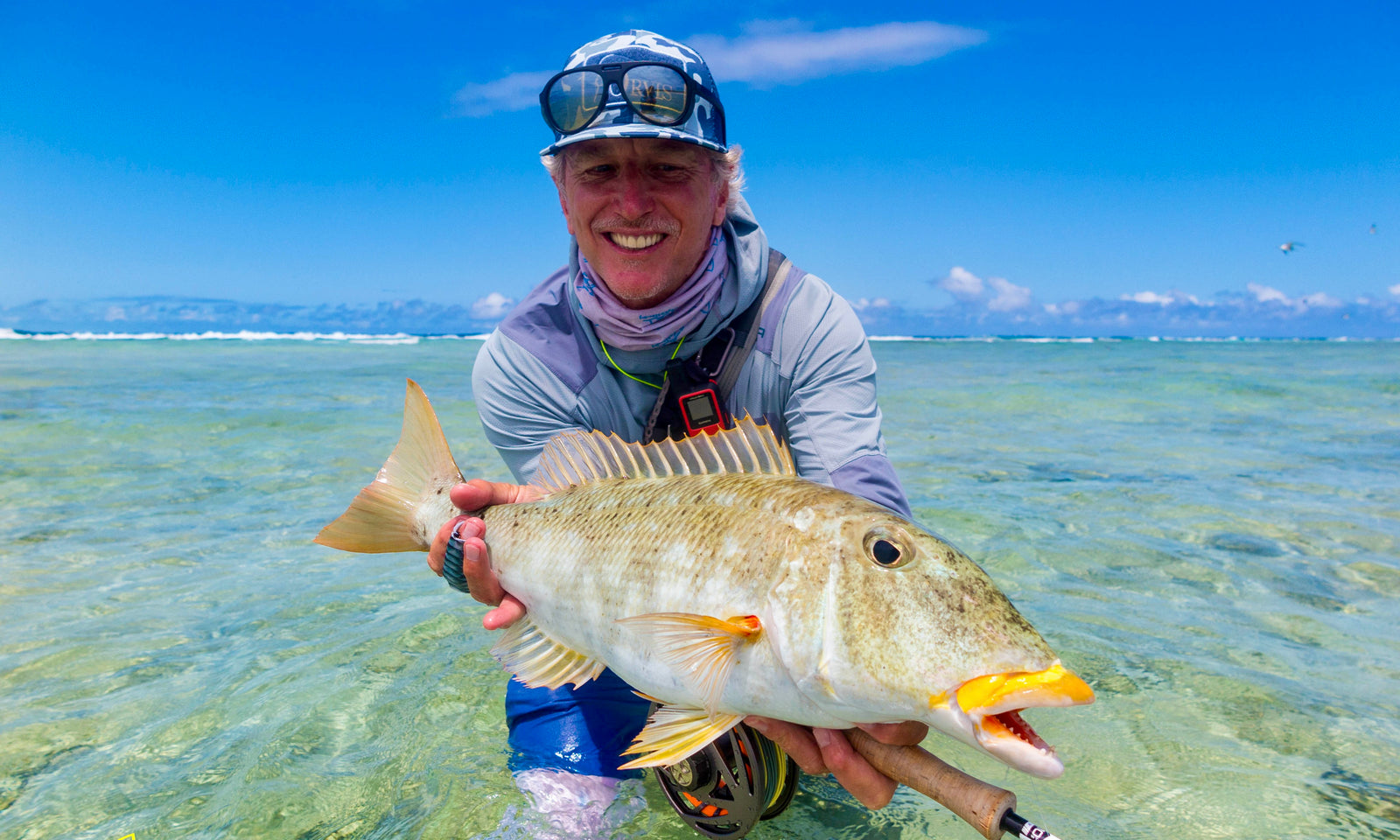
In this day and age when we can pretty much get whatever we want whenever we want it, just by hitting a couple of buttons on the supercomputers we carry around in our pockets, there is something to the reality that there is currently no other way to get to the atoll than to endure the 26 to 30-hour boat ride. It’s a modern-day rite of passage, if you will—one that will most likely change one day, but then again what doesn’t.




